As an Amazon Associate I earn from qualifying purchases.
Podcast: Play in new window | Download
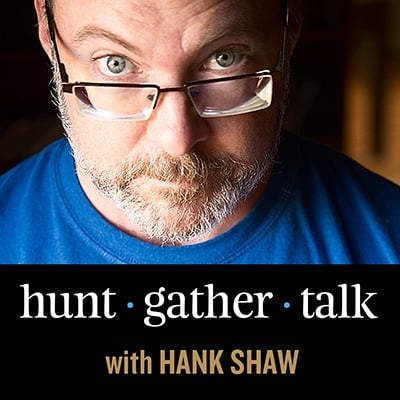
Sadly, throughout the native American community, these old ways are being lost as younger generations stop seeing the value in learning the old skills with wild plants and wild game and fish. Thankfully, Chef Sean Sherman is doing his best to reverse this trend. Sean and I worked together in Montana back in 2011 on a tour dinner for my first book, and we’ve kept in touch ever since.
Sean, as it happens, is Oglala Sioux, born and raised on the Pine Ridge Reservation, a rez distance runners may recognize as the home of the great Billy Mills, the only American to ever win the 10,000 meters at the Olympic Games. Sean goes by the nickname of The Sioux Chef — get it? — and has made quite the name for himself as a champion of modern, native American cuisine.
He focuses on ingredients used before Europeans showed up in 1492, so you won’t see too much wheat, domestic meats, cilantro, etc. in his cooking.
Sean has worked for some of the best restaurants in the Midwest, and is currently working on a restaurant in Minneapolis, which will feature native American foods.
In this episode, we hit on a lot of topics, including:
- Getting salt out of your environment when you don’t live near the sea. One answer I’ve come up with is to use salt-loving plants like sea beans, which live in alkali marshes inland, to make sea bean salt.
- Responsible foraging, especially for things you kill by picking, like onions or camas. (Here is my tutorial on foraging wild onions)
- How limiting your potential ingredients, as Sean does by using only pre-Contact foods, can hone your skills as a chef.
- How food is one of the major markers of culture.
- We also talked about how to get a hold of some of the ingredients Sean uses. I’ve found the the Red Lake Nation has some great offerings, as does Native Harvest and the Tohono O’Odham in the Desert Southwest. I am sure there are others — post a link in the Comments Section if you know of one.
- Some of the wild foods we mentioned I happen to have written about, including hopniss, a/k/a American groundnut; wapato, also called duck potato or arrowhead; California coffeeberry is another one.
Finally, I want you to know that Sean has just started a Kickstarter campaign to raise money to open his first restaurant. I am supporting him, and I hope you can, too.
Enjoy this episode! And, as always, if you like it, please subscribe and leave a review. It helps me a lot. Thanks!
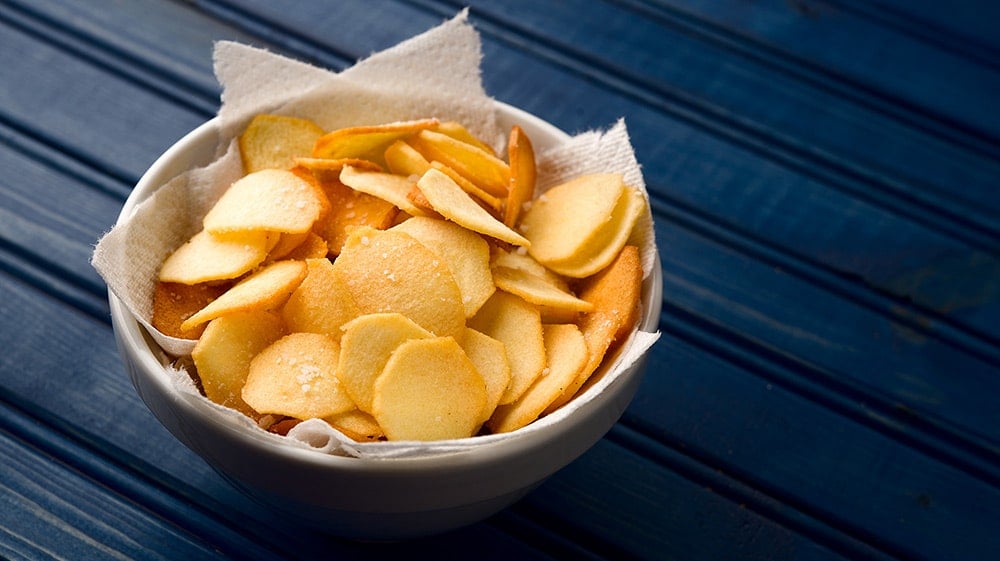
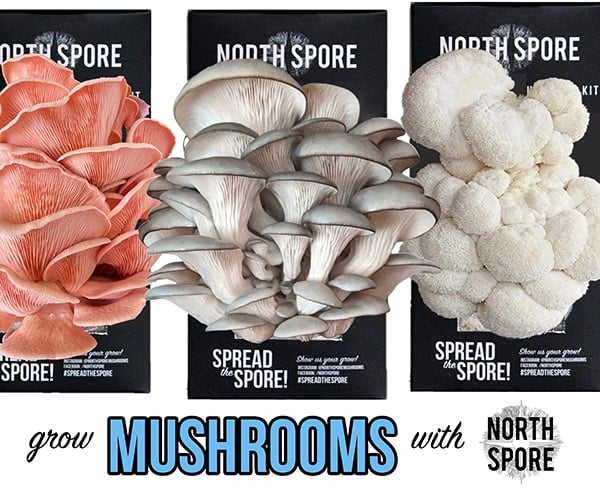
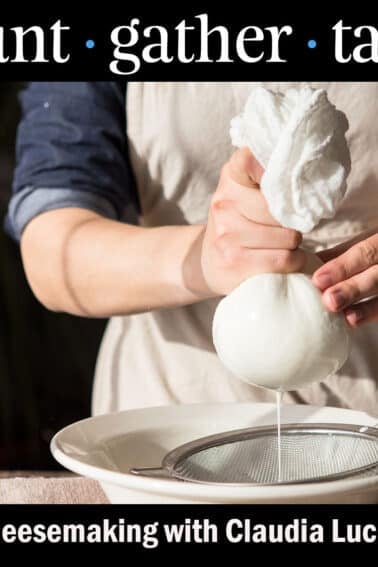

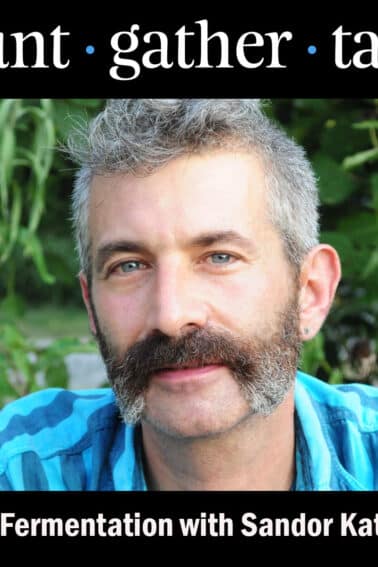

This was a great listen. Really enjoying the content.
There is a sotol mezcal. I picked up a bottle in Casa Grande, Chihuahua over a decade ago when I first moved to the Southwest. The brand is Hacienda de Chihuahua. My bottle is Reposado, but perhaps there are other styles as well like Tequila. It is out of Ciudad Delicias. Quite smoky in flavor, and nice to sip once in a while.
The label says,
‘El sotol, como el tequila es una variedad de mezcal, Se obtiene de la planta llamada sotol (Dasylirion), agavácea que sólo crece en las altas serranias del Desierto Chihuahuense.
Al igual que hace 800 años, la planta aún se rcolocta en su medio silvestre. Suescrupuloso proceso de fermentación, destilación y reposado, garantiza la pureza, calidad y fino sabor que distinguen al Sotol Hacienda de Chihuahua. http://www.sotol.com‘
I live in Maple Grove MN at the moment. I have heard of him for a while and really wanted him to open up a restaurant soon! So excited and emailed the kickstarter to the Transition North Twin cities.
First time I have listened to your podcast. I will be listening to many more in the future! Also your blog is a rabbit hole of awesome information. Please keep it up.
Really enjoyed this podcast, as I have most of your podcasts. I’m not a hunter or angler, mostly a gardener and cook, but I always find your website and podcast fascinating and inspiring. Keep up the good work.
Apropos of almost nothing, I am finally able to positively identify beach plums as of today and some primo spots as well. I had seen them in unripened stage many times before and they look almost tomato like. Took a fruit and some leaves home for the positive ID. Coupled with a nice young red tailed hawk sighting and photo opportunity it was as Martha would say a good thing. Going to get my towns shellfish license and also join a local mycological group. Will also forage my dresser for some clean socks. Appreciate the inspiration.
where are the links for all of the websites? I acquired some Hopi blue corn and I don’t know much about how prepare it without grinding it.This episode got the gears grinding, Thanks!
Really enjoyed reading about this topic, thank you.
Try nativeseeds.org for an extensive selection of native seeds for the Southwest. Heirloom and rare.
DanBob
next time you’re in the book-writing mood this is would be a great topic